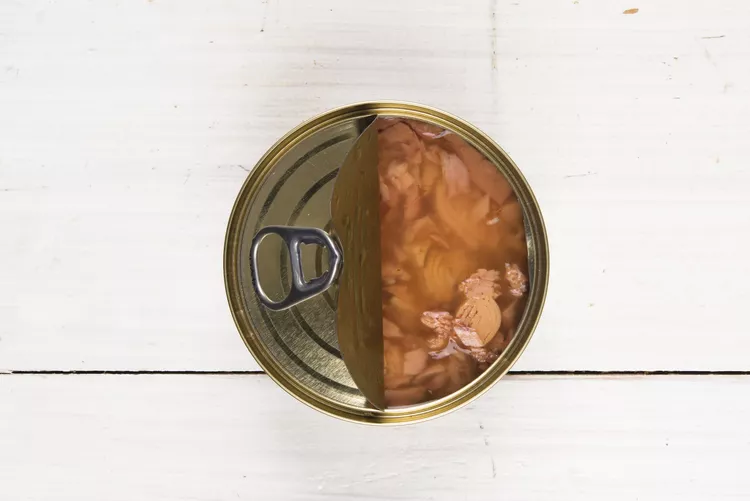
It’s no secret that cats love fish—the fishier, the better. Tuna is a quintessential cat treat, and before the days of commercial cat food, many people used to feed their cats canned tuna.
But now that we know cats have special nutritional needs, is it safe to feed tuna to your cat? If so, how much tuna can cats eat and what kind of tuna can cats eat? Tuna can be a healthy treat for cats—but only in moderation, and you should aim for tuna in water as opposed to oil. Here's what you need to know.
In moderation, tuna can be a healthy treat for most cats. In fact, many commercial cat foods contain tuna as an ingredient. Tuna is high in protein and low in carbohydrates. Tuna also provides the omega-3 essential fatty acids EPA and DHA, which can contribute to overall skin and coat health and may also help improve inflammatory conditions like allergies, heart disease, certain cancers, and kidney disease.
Although it’s fine to feed your cat small amounts of tuna such as found in lickable cat treats or as a supplement to its complete-and-balanced cat food, too much tuna can be harmful. First, tuna alone doesn’t provide the critical balance of nutrients a cat needs to be healthy. Cats have very specific nutritional needs.
High-quality commercial cat foods include a statement on the label that states that the product is “complete and balanced” as certified by the American Association of Feed Control Officials (AAFCO). The complete-and-balanced statement on a cat food label means that the cat will get all the essential nutrients it needs, in the correct balance, as required for that life stage: adult maintenance (for adult cats), growth and reproduction (for kittens and pregnant or nursing females), or all life stages (for all cats, whether kittens or adults).
The unbalanced amount of vitamin E in tuna can cause problems with fat inflammation, and some pregnant cats eating high-tuna diets have developed bleeding disorders. Additionally, tuna is high in mercury, so too much tuna could potentially lead to mercury poisoning. Although rare, signs of mercury poisoning in cats include incoordination, loss of balance, and problems walking.
Finally, cats can love tuna to a fault. Tuna is extremely tasty, perhaps much tastier than your cat’s healthy regular diet. Some cats, when given tuna regularly, will start turning up their nose at their regular cat food, holding out and hoping you will cave and give them more tuna instead. This can quickly develop into undesirable picky eating and feeding difficulties.
If you choose to offer your cat the occasional tuna treat, you can choose canned tuna or fresh tuna. Select canned tuna packed in water, not canned tuna in oil or canned tuna with added salt or other flavorings. Chunk-light tuna is a better choice for your cat than albacore, which is higher in mercury. Pay attention to other sources of tuna your cat might be eating. For instance, if you’re feeding a canned food that’s made with tuna, adding more tuna on top of it might be too much.
Fresh tuna is best served cooked. Even though humans eat sushi all the time, giving your cat raw fish may be harmful. Eating raw fish poses the same risks to your cat as it would to you. Raw fish can contain bacteria and parasites. Additionally, raw fish contains an enzyme called thiaminase. In cats, this enzyme can break down an essential B vitamin called thiamine, potentially leading to a dangerous condition called thiamine deficiency, which is very dangerous. Cooking the tuna you plan to feed to your cat not only kills any bacteria or parasites but also destroys the thiaminase.
It’s always a good idea to talk to your veterinarian before adding any new foods to your cat’s diet. If you get your veterinarian’s blessing and you wish to feed your cat tuna, follow the same guidelines as you would for feeding your cat any treat. Supplemental treats like tuna should make up less than 10% of your cat’s daily calories. The rest of your cat’s diet (90%) should come from a high-quality, complete-and-balanced cat food.
To avoid potential issues that can arise from eating too much tuna, including the development of picky eating habits, avoid feeding tuna every day and instead limit tuna to an occasional surprise for your cat.

212 Hairless Cat Names For Your Beautifully Bald Feline
Discover the perfect name for your hairless cat with our list of over 200 creative and unique names. From quirky to classic, find a fitting choice for your beautifully bald feline companion.
8 Things Your Cat Loves
Just like humans, cats can have a long list of things they like. Find out what cats love so you can keep your cat happy and healthy.
How to Tell If a Kitten is a Boy or a Girl
If you're wondering whether your new kitten is a boy or a girl, here are three ways to help determine the sex of your cat.
8 Tips to Help Cats Enjoy Car Travel
Cats are creatures of habit, and they hate to travel. Learn tips to prepare them for travel in the car, whether going to the vet or on vacation.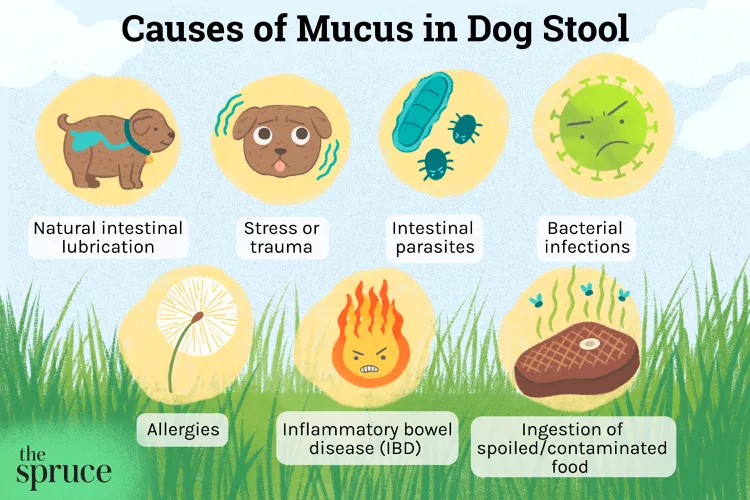
Common Causes of Mucus in Dog Poop
Seeing mucus in your dog's poop can be concerning to a dog owner. Here are common causes and treatment of mucus in a dog's stool.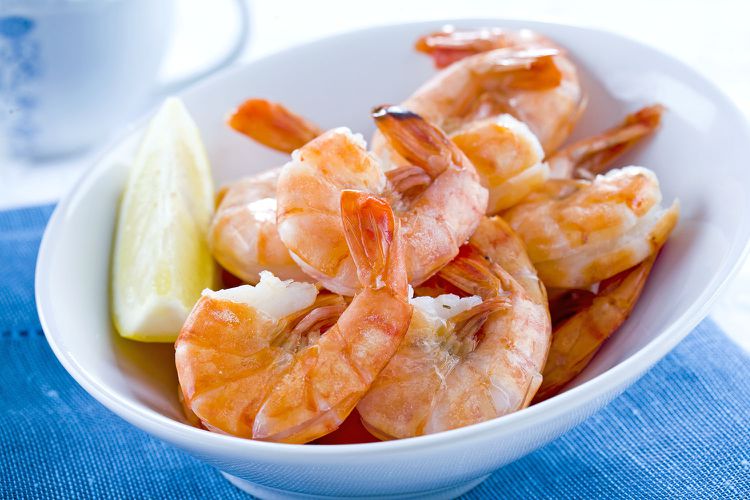
Is Shrimp Bad For Dogs?
Shrimp can be a healthy, nutritional food for people but can dogs eat them, too? What are the main concerns with feeding shrimp to your dog?
Can Dogs Eat Grapes?
Are grapes safe for dogs? Grapes and raisins can cause serious toxicity in dogs. Find out what to do if your dog eats grapes.
Maine Coon Cat: Breed Profile, Characteristics & Care
The Maine Coon cat is of the largest cat breeds in the world. These amiable, gentle cats make great companions. Learn about the Maine Coon cat breed's appearance, temperament, health, and care needs.
Selkirk Rex: Cat Breed Profile, Characteristics & Care
The Selkirk Rex is a charming cat with a tousled coat and a loving, laid-back personality. Learn about the Selkirk Rex breed.
How to Stop Your Cat From Chewing Electrical Cords
Cats are known to pounce and attack inanimate objects, like electrical cords. Learn how to prevent your cat from ambushing objects that may harm it.
What Do Cats Think About?
Have you ever wondered what cats think about? A number of studies have explored cat behavior and feline cognition, but there's still more to learn.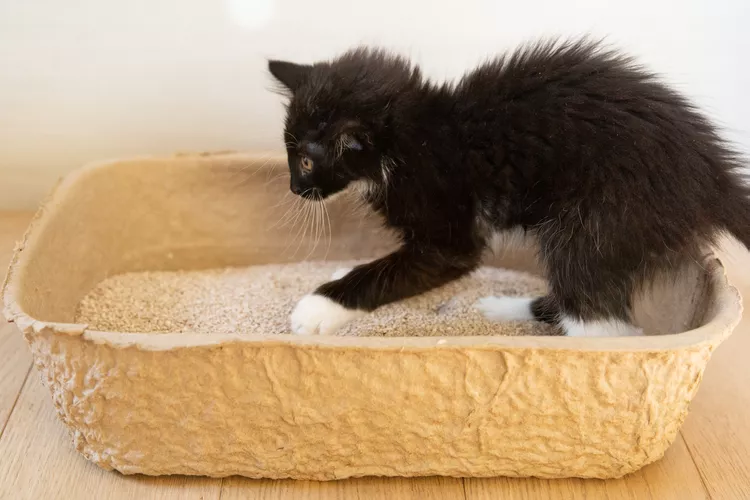
Training Your Kitten to Use the Litter Box
Bringing home a new kitten means they need to learn how to properly use a litter box. Discover how to successfully litter box train your kitten.
Why Do Cats Knead?
Kneading is a common behavior in cats of all ages. Learn why cats "make biscuits" and what it means for you, your cat, and all your blankets.
Dandie Dinmont Terrier: Dog Breed Characteristics & Care
Learn about the Dandie Dinmont Terrier, a silky dog breed with a signature puff of hair atop its head and a friendly, companionable personality.
Tibetan Mastiff: Dog Breed Characteristics & Care
Learn about the Tibetan mastiff, an ancient guardian dog breed. This breed is known for their massive stature, flowing mane, and protective personality.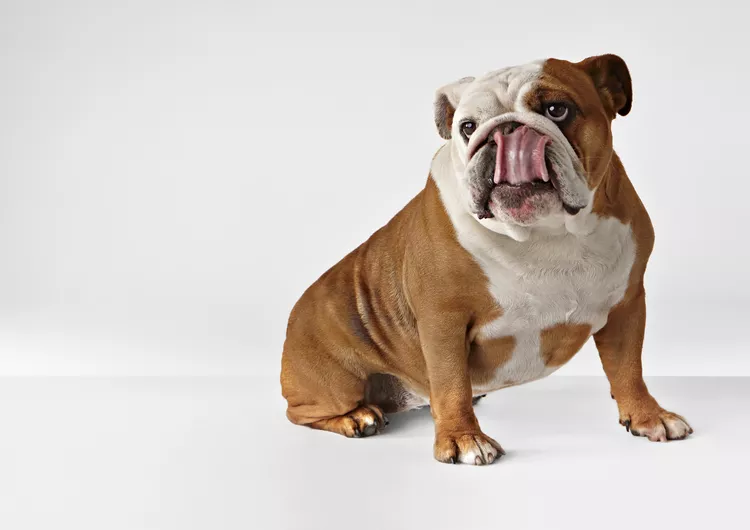
4 Reasons Why Your Dog Licks Their Butt
Butt-licking in dogs can be a part of normal grooming, but excessive butt-licking is not normal. Read about the most common reasons for this behavior.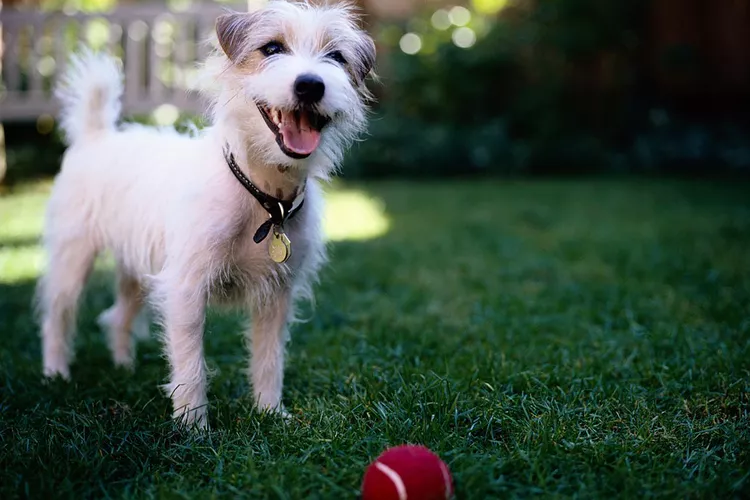
How to Teach Your Dog the "Leave It" Command
Training your dog the "leave it" command is a great way to instill self-control. Learn how to teach your dog to not pick things up from the ground.
How to Solve Your Dog's Fear of Car Rides
Is your dog scared of car rides? This fear of riding in cars is common. Learn why your dog is scared of car rides and how to help conquer this fear.
Can Dogs Get Depression? How to Help Your Sad Dog
Can dogs get depression? Learn about the signs of depression in dogs and find out how to help your sad dog.
How to Play Tug of War With Your Dog
Many dogs love to play tug of war, and it's a healthy game that provides great exercise. Learn the best way to safely play tug of war with your dog.